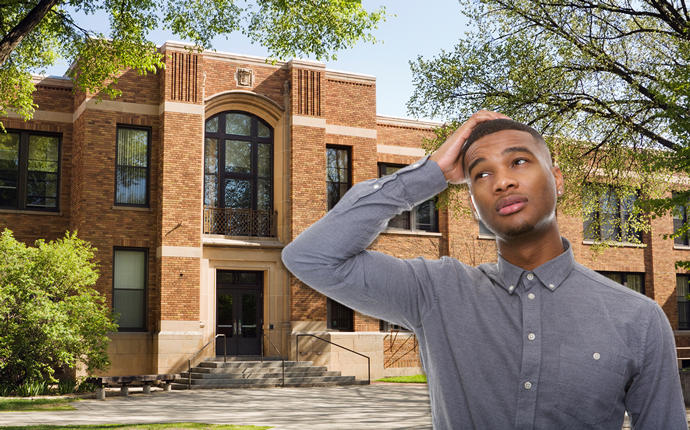Trending
Developers fail math class in student housing sector
Half of all delinquent residential CMBS loans are backed by student housing

High supply and lackluster student enrollment is putting stress on the student housing sector, with some analysts saying developers sought high rents for new apartments but missed the mark.
Around 3.9 percent of student housing-backed CMBS debt was more than 60 days past due at the end of November, a 1.1 percentage point increase from last year, according to Fitch Ratings Inc.
For comparison, the delinquency rate in the wider residential CMBS market was 0.46 percent as of the end of November, unchanged from November 2018. Over half of those delinquent loans are for student housing properties, according to the Wall Street Journal.
The sector faces challenges. Money poured into the sector following the economic crisis as enrollment grew, fueling more development. As of fall 2019, there were nearly 70,000 new off- and on-campus beds available nationwide, up from around 53,600 a year earlier.
Higher tuition costs are also causing potential students to rethink attending school — fall enrollment at four-year private nonprofit institutions dropped 0.6 percent in 2019 year-over-year.
With less demand and increased competition, occupancy rates fell to 92.2 percent in the fall of 2019, compared to 95.8 percent three years earlier. Annual rent increase has slowed from 2.3 percent to 1.7 percent over that period.
High asking rents at new amenity-focused projects are also tamping down leasing, said Alexander Goldfarb, senior real estate investment trust analyst at Sandler O’Neill + Partners LP. Increased labor costs and the cost of land mean developers are working with tighter margins.
“The [loan] delinquencies probably have…a lot to do with rents the developer was seeking but were not achieved,” Mr. Goldfarb told the Journal. [WSJ] — Dennis Lynch




